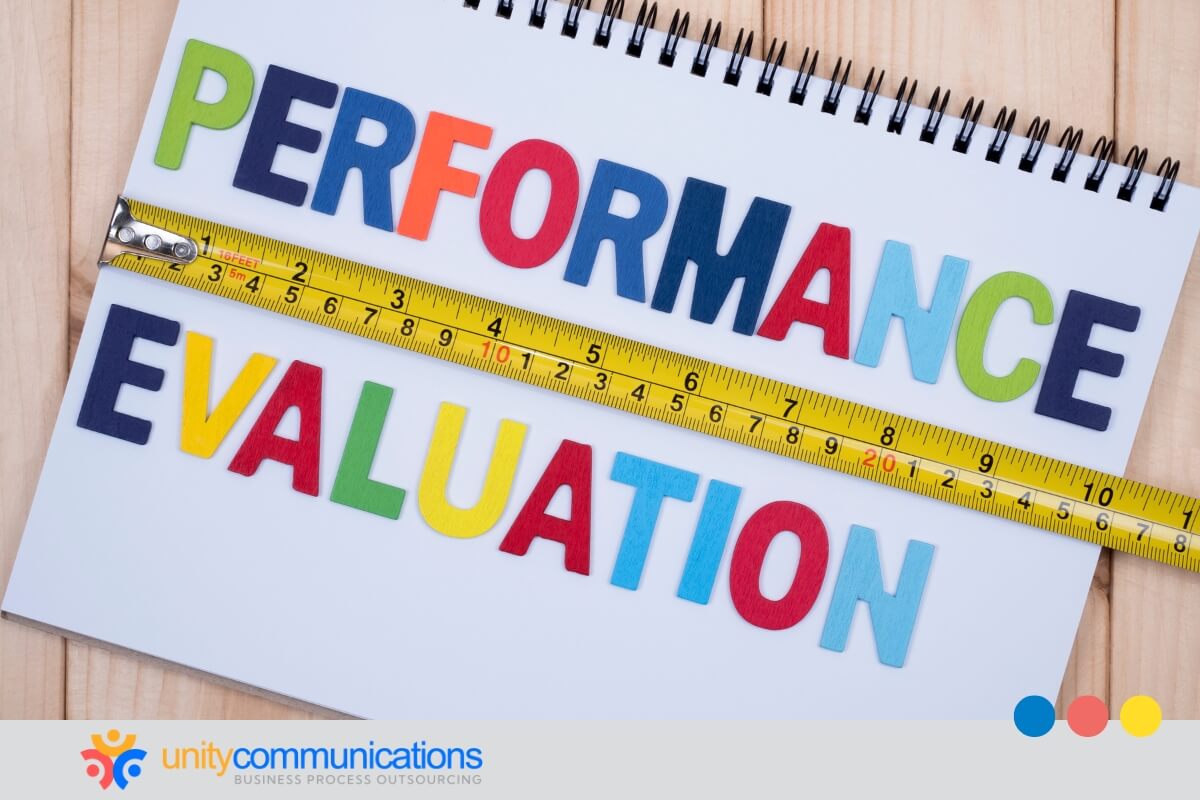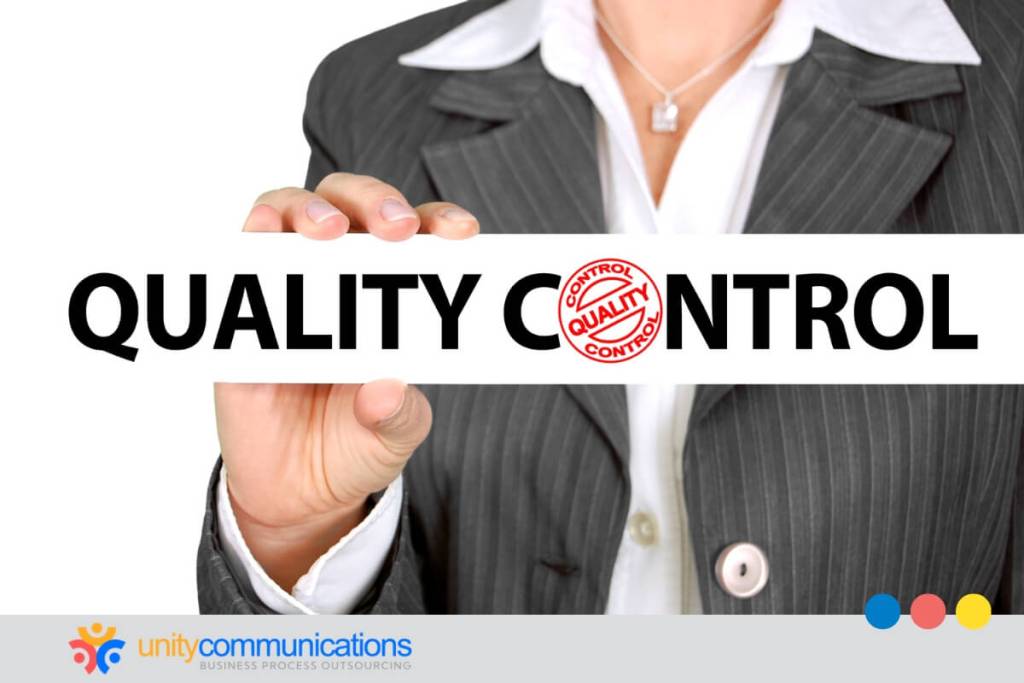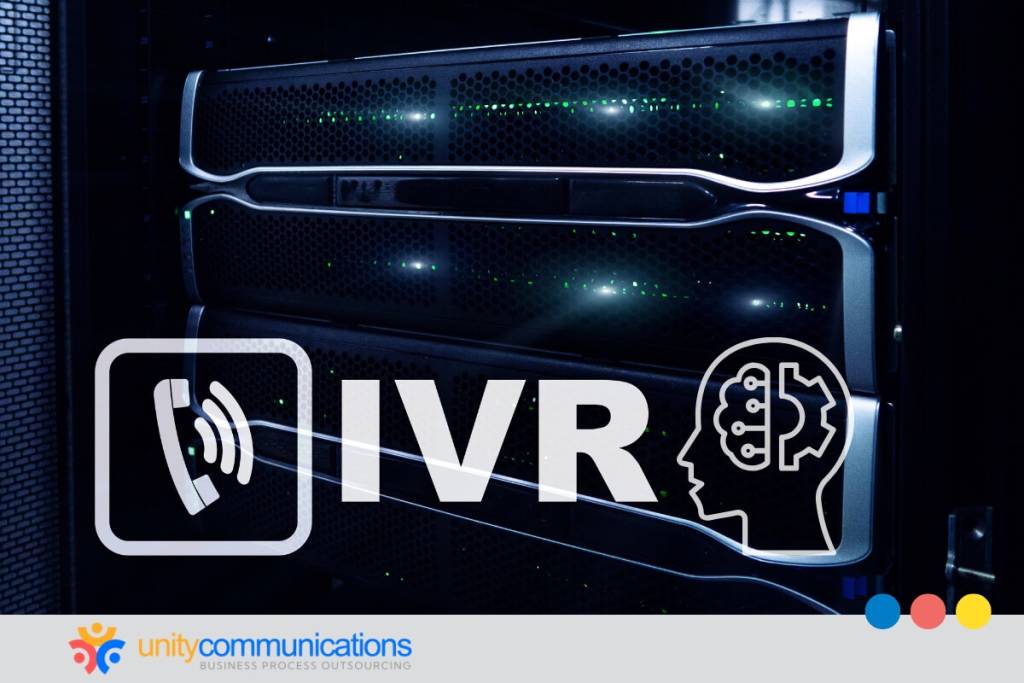Table of Contents
Businesses across industries are increasingly leveraging a global remote workforce, necessitating the adoption of employer of record (EOR) services to ensure effective employee management.
In addition to streamlining human resource (HR) processes, EOR helps companies navigate the complexities of international labor laws. However, offloading these functions to an external company also requires delegating some control over their quality.
If you’re considering engaging in this practice but have concerns about ensuring quality control in EOR partnerships, this article is for you. It discusses critical steps to maintain oversight over the processes your EOR partner handles.
1. Select a reputable EOR provider

Partnering with the proper EOR sets the stage for success. Doing so establishes a strong foundation of industry knowledge, compliance expertise, and commitment to quality control.
When researching and comparing service vendors, consider the following criteria:
- Industry expertise. Look for an EOR with demonstrable experience in your specific industry. This knowledge translates to a deep understanding of your niche’s unique talent pool requirements, recruitment challenges, and regulatory landscape.
- Compliance knowledge. Verify the EOR’s adherence to local labor laws, taxation regulations, and social security requirements. Regulatory compliance is critical to mitigating legal and financial risks.
- Quality management systems (QMS). To ensure meticulous quality control in EOR partnerships, choose a provider with a well-defined QMS. It outlines procedures across the employment lifecycle, giving you a glimpse of the EOR’s approach.
- Communication strategies. Your chosen EOR will become an extension of your team, so excellent communication and collaboration is critical. These factors help you to openly, promptly, and effectively address quality concerns.
Check whether providers meet these criteria by browsing their website, marketing materials, case studies, and client testimonials. Attending conferences, trade shows, or networking events is also a great way to find reputable EOR firms. Connect with and seek recommendations from businesses in your field that have worked with providers.
2. Establish clear quality benchmarks and metrics
Once you’ve chosen an EOR, collaborate to create a contract that protects both of your best interests. Set clear quality goals and standards in this agreement.
As with information technology (IT) support outsourcing, these clauses and specifications provide a quality control roadmap. They help you outline expectations, facilitate communication, and make data-driven decisions.
To develop practical and relevant quality control benchmarks, consider the following steps:
- Define your EOR and global employment objectives. Your metrics’ alignment with your goals is the basis for ensuring quality control in EOR partnerships. What do you want to achieve by partnering with an EOR? Communicate these objectives with your chosen provider.
- Set quantifiable key performance indicators (KPIs). Establish specific, measurable, attainable, relevant, and time-bound (SMART) KPIs for each objective that track your EOR’s performance. Some examples are recruitment timelines, candidate quality, onboarding completion rate, time to productivity, and employee performance.
- Craft job detailed descriptions. If your industry has specific licensing requirements, certifications, or technical skills necessary for a role, discuss them with your EOR. Job clarity allows the provider to focus recruitment efforts on attracting candidates who meet your benchmarks.
3. Regularly monitor and evaluate EOR performance

Your established benchmarks evolve as your business grows and requires change. Proactively identifying your EOR process’s strengths and weaknesses is critical to maintaining alignment. It ensures your provider consistently delivers high-quality results for your global remote workforce needs.
Meticulously assess quality control in your EOR partnership with the following strategies:
- Schedule monthly, quarterly, or biannual performance reviews. In these meetings, discuss pre-established benchmarks and KPIs. Reviewing this data over time identifies trends or areas needing improvement.
- Engage in periodic audits of the EOR’s onboarding process. Sample new hires’ onboarding files and check if they meet legal requirements. Regular onboarding audits ensure adherence to quality control protocols you’ve set with your EOR partner. They can identify potential bottlenecks or inconsistencies.
- Implement performance dashboards. These tools provide real-time insights into crucial quality control metrics. They can be web-based or integrated into your EOR’s client profile, displaying the most relevant metrics. Effective dashboards leverage data visualization tools for more transparent presentation.
- Request standardized reports to analyze trends over time. These documents should detail progress on critical benchmarks and highlight potential areas of concern. For information accuracy, perform periodical data verification exercises.
- Conduct occasional employee satisfaction surveys. These assessments gauge the international workforce’s experience with the EOR’s services. Focus on interactions and consider industry nuances. This strategy provides valuable insights into onboarding and employee management practices.
4. Maintain constant communication and feedback loops
Monitoring your EOR’s performance is not enough. Regularly communicate with your partner, whether to bring up concerns, ask for updates, or simply check in. Open communication ensures a solid working relationship that fosters trust, which is crucial for addressing quality control issues in EOR partnerships.
Consider the following tips to maintain open communication with your provider:
- Encourage your provider to update you. Whether on recruitment progress, onboarding challenges, or quality control issues, this two-way communication promotes continuous feedback and transparency, enabling the EOR to address problems.
- Address quality concerns promptly and collaboratively. This approach allows the EOR to explain the root cause of the problem and propose a solution. You can then provide feedback on the proposal and work together to implement improvements.
- Develop joint training programs with your EOR. This ensures they understand your company culture, quality expectations, and role requirements. Your partner can then give feedback on these programs’ effectiveness, allowing you to refine them as needed.
With constant communication and feedback loops, you can perfect your approach and benchmarks to meet your goals. This transparency also helps EOR partnerships remain effective in delivering high-quality results as your global expansion efforts grow and adapt.
5. Leverage technology and data analytics

HR technology platforms are valuable for ensuring meticulous quality control in your EOR partnerships. Incorporating your provider’s services and processes with your existing HR information system (HRIS) elevates this feature even more by:
- Automating compliance checks. HR tools eliminate the need for manual data entry services for tax calculations, document and certificate verifications, and more, reducing the risk of errors.
- Providing real-time analytics and reporting. Integration helps you to maintain control over the selection process. It gives you valuable visibility into the pool of potential hires, allowing you to review candidates and track application stages.
- Leveraging artificial intelligence (AI). Some platforms use AI for predictions. You can anticipate issues and take preventative measures to maintain quality control.
- Improving communication protocols. Advanced platforms can centralize or streamline communication and minimize misunderstandings.
Leveraging HR tools and integrating EOR services improves quality control. They streamline candidate applications, improve visibility and transparency, and simplify workflows.
The bottom line
In EOR partnerships, delegating and streamlining global workforce management tasks shouldn’t come at the price of control and quality. Avoid compromising them through adequate preparation and proactive engagement.
Choose the right provider, establish clear metrics, conduct regular monitoring, and maintain communication. These steps allow you to reap the benefits of efficient and high-quality employment processes, leading to sustainable growth.
Let’s connect if you want to learn more about EOR services.




